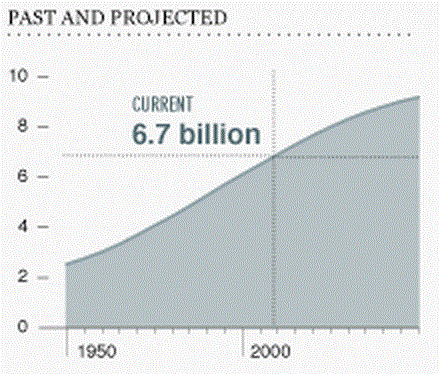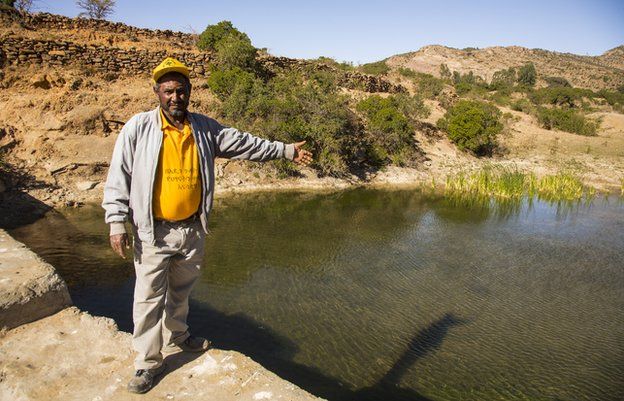The theme of this blog is about things that are getting better, not necessarily things that are fixed and wrongs that have been completely righted. As is the case with equality in the UK parliament.
The treaty known as Magna Carta, signed in 1215, wrestled power away from King John and allowed people other than the monarch to have a say in the running of the country. But it wasn't a sudden democratic revolution following which all sectors of society were proportionally represented in parliament. Far from it, in fact it moved power towards a group of 25 rebel barons who comprised a section of feudal aristocracy just below a viscount in prominence.
Slowly, these baronial representatives developed into the Knights of the Shire, who were usually wealthy landowners elected by the County Court presided over by the sheriff, which formed the precursor of the House of Commons in the year 1295. Even at this stage, the common man or woman could never hope to become one of these parliamentary representatives, and in fact the vast majority of the British public wasn't eligible to even vote for them.
It took until the 19th century for the British Houses of Commons to become even vaguely representative. By 1829 voting wasn't restricted by ethnicity, by 1918 there was universal male suffrage and by 1928 women were allowed the vote too.
Life peers (barons and baronesses) sitting in the House of Lords are still very much in effect, but since 1957 these are now appointed by the prime minister rather than the monarch and they are no longer inherited by the offspring of the peer without lifting a finger to earn it.
The net result of all this is that power has slowly ebbed away from (mostly male) monarchs and the (mostly male) landed gentry inheriting their power, and has ebbed towards something resembling a cross section of the people of the country a bit more.
For example, since the first female MP was elected in 1918 the number of female MPs has risen slowly to approximately 20% of all MPs (
148 female MPs versus 502 male MPs), including of course the first female prime minister during that period in Margaret Thatcher, elected in 1979:
Also, since the introduction of pay for MPs in 1911 being a full time MP is now viable for those without an independent source of wealth (e.g. for those who aren't already rich landowners before they get elected), which wasn't true in years gone by, directly paving the way for the first predominantly working class government in 1923.
Nowadays, the make-up of parliament is less skewed than in days gone by. The average MP is pretty close to the average UK adult in ethnicity (as of the 2010 election there were 27 MPs out of 650 from an ethnic minority) and the average MP is only marginally older than the average adult. MPs are much more likely to be a university graduate than the average adult, which is perhaps understandable given that it's a professional grade job. The two remaining glaring issues remain private schooling and gender, although the latter is at least improving as we have seen above:
In terms of
sexuality of MPs, the first MP to be outed as gay was in 1976. Since then we had the first MP come out whilst in office in 1984, the first openly gay parliamentary candidate elected in 1997, the first MP in a civil partnership in 2006, the first bisexual MP in 2013 and LGBT MPs from Labour, Plaid Cymru, the Lib Dems and the Conservatives.
In the House of Lords, the biggest party affiliation of lords is conservatives at 224, compared to the next nearest party which is Labour with 215 peers. So, gone are the days when landed gentry Whigs and Tories populated the lords exclusively, things are a bit more representative now.
This representativeness is an evolving process. To be
truly representative of this nation parliament would have to become something like the following:
- 50.9% would be female
- 1.1% would be lesbian or gay, with 0.4 being bisexual and about 4% being unsure or 'other' and so on...
- 87% would be white, 7% Asian, 3% black and about 2% mixed race and so on...
- 59% would be Christian, 26% would have no religion, 4.5% would be Muslim, 1.5% Hindu and so on...
- 7% would be educated in private schools,
- 0.2% of MPs who are graduates would have graduated from Oxbridge (based on 2000 Oxbridge students per year out of 1 million total graduates per year)
So, there's a long way to go, but the trend is towards a more representative Westminster than ever before.
























